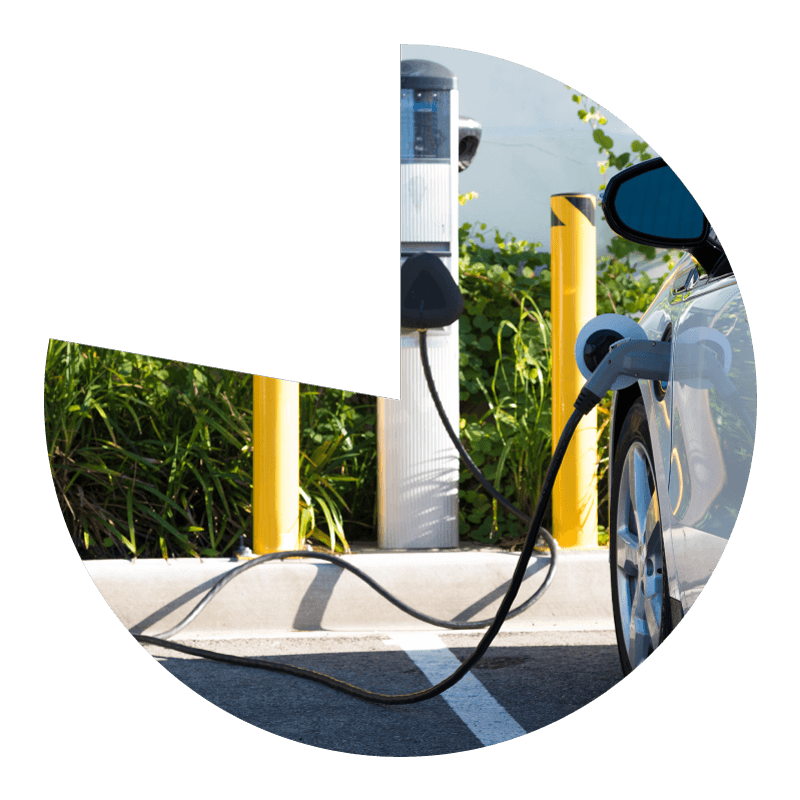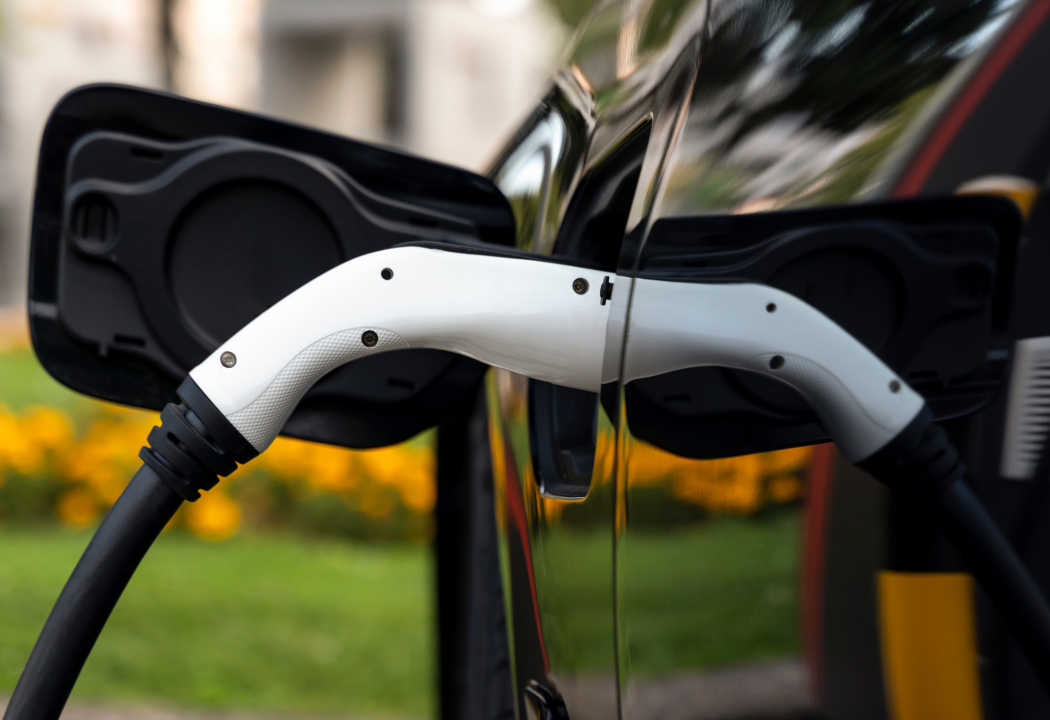Glossary
Glossary

Implementing zero emission transport
Download this deep dive
Key enabler insights: Implementing zero emissions transport
Progress towards implementing zero emission transport is improving, but needs to be further accelerated
The adoption of Zero Emission Vehicles (ZEVs) has significantly increased across all Member States, with most using financial incentives or bonus-malus systems, to promote their purchasing. However, the predominance of ZEVs in the high-priced vehicle segment means their uptake remains especially notable in Member States with greater purchasing power. More than 50% of charging points are in the Netherlands, Germany, and France. The dense Dutch network results from a clear national agenda and ambitious subnational policies.

Diving deeper: progress towards implementing zero emission transport
EU-wide progress
Progress towards implementing zero emission transport improved in recent years: the share of zero emission vehicles (ZEVs) in the light and heavy-duty vehicle stocks increased by nearly 60% and 140%, respectively, between 2017 and 2022, while the total number of recharging stations in the EU increased by over 190% per year between 2018 and 2023. Even though there has been real growth in zero and low emission vehicle and infrastructure deployment, the overall pace of progress was still far too slow in the assessed period.

Progress in Member States
For the indicators, progress in towards implementing zero emission transport has been assessed and compared in EU Member States.
Policy context and areas of action

The EU strengthened the CO2 emission performance standards in 2023 and, in doing so, effectively initiated the phase-out of ICE-based passenger vehicles by 2035. However, following Member State resistance, the standards may be amended to allow for carbon-neutral fuelled ICE vehicles after 2035. The EU reinforced the Alternative Fuels Infrastructure Regulation (AFIR) in 2023 to better coordinate recharging infrastructure development. MS have developed a diverse range of purchase subsidies, tax benefits, and behavioural incentives to support ZEV uptake and recharging infrastructure deployment. Even so, ZEV uptake is limited by upfront costs and insufficient recharging infrastructure, resulting in uneven progress across Member States.
Progress could be made by strictly enforcing CO2 emission standards for LDVs and formally adopting the proposal for more stringent standards for HDVs. To improve affordability and access to ZEVs, Member States could expand fiscal policies that render ZEVs more cost competitive. The EU could encourage good fiscal policy practices to ensure equitable access to ZEVs across borders. Additional policy to support the accelerated development and deployment of heavy-duty ZEVs is necessary. Both EU and MS-level policies could incentivise the production of more efficient, compact, and affordable ZEVs. Expediting stock turnover for ICEs and establishing the used ZEV market could be supported by national and EU-level policy.





